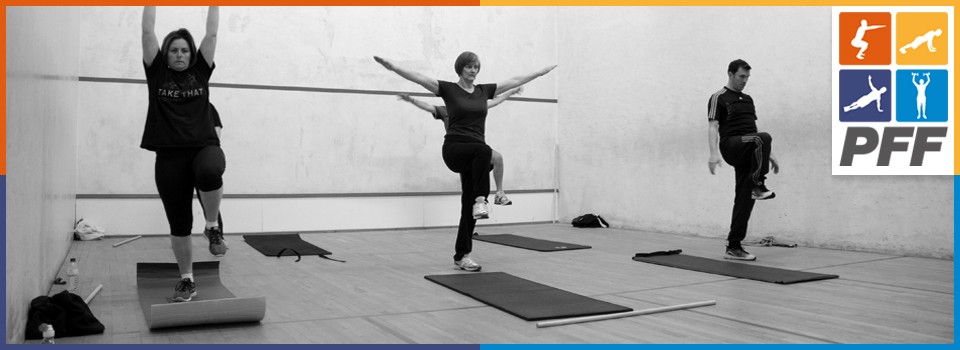You’re probably familiar with all the diet plans published by experts over the years. Although I’m sure that some of them have worked, I get the impression for most people it only works for a period of time, before either boredom or outside influences drive people back to their old dietary habits. I have tried to put together some simple guidelines which may or may not help you.
- Eat 3 good meals per day
-
Have protein with every meal.
Sources of protein are Meat, Fish, Cheese, Tofu, Nuts, Eggs etc -
Have fibre with every meal.
Sources of fibre are.
Beans. All beans are good, whether baked beans, beans like kidney beans in chilli or beans in salads. Half a tin of baked beans (200g) is 7g of fibre.
Wholegrain and wholemeal. Skip white bread and pasta, look out for wholegrain and wholemeal on the labels.
Brown or wholegrain rice. White rice doesn't offer as much fibre.
Pulses. As well as beans, chickpeas and lentils are full of fibre, high in protein and low fat.
Nuts. Almonds, pecans, and walnuts have more fibre than other nuts.
Jacket potato. The skin is the important bit. A small baked potato has 3g fibre.
Dried fruit. If fresh fruit isn’t available, dried fruit offers a fibre-full snack. A 50g portion of dried figs is 4g fibre.
Bran based cereal and other healthy cereal options. To count as high-fibre food, it has to contain at least 6g of fibre per 100g. A 30g bowl of bran flakes delivers 4g of fibre.
Porridge. Porridge is made from oats which are a great source of fibre.
Fruit and veg. At least 5-a-day portions and the crunchier, the better. A medium-sized apple alone is 2g fibre.
-
No Snacks.
It seems to me that most people’s snack choices are normally poor. If you feel hungry between meals then have a glass of water and wait 20 minutes. If you are still hungry then have an apple or some almonds. -
Eat like an adult.
Pretty obvious really.
- Make water your main drink of choice.
Beware of those fizzy sport drinks they’re full of sugar. -
Try fish oil capsules.
They’ll oil up those creaky old joints and make them ready for exercise.
- Keep a food log
Write in it everything you eat for 20 days.
- Exercise for 20 minutes every day.
Don’t be too stringent walking the dog will do! Try going for a walk after each meal (I know it’s difficult in the mornings but it can be a gentle stroll for 10 minutes to the station, office etc). This walk is more of a help for the digestion processes and get rid of any bloated feelings you may have.
Try the above for 20 days and send your food log to me at patvomalley@hotmail.co.uk. I think it’s more important to change the way we eat before going on any long term training plan. The above is not a diet but an alteration to how we eat. Don’t get hung up on jumping on the scales every 10 minutes. You will know that good things are happening. Your clothes will be a little more comfortable, you will feel more energetic.
Don’t get hung up on those wonderful fitness models you see on the covers of magazines. They have the help of “photoshop” and clever photographers. They are paid to train every day and have access to all types of dietary aids and food supplements. Fake tan and no liquids for 6 hours can also enhance muscle definition in photographs.
We have lives to lead and occasionally that means a good night out and the implications therof. I think it’s important to meet up with friends and has great psychological benefits (it makes you feel good!). The important thing is to get back to your healthy routine as soon as possible. Hangovers often lead to the “what the hell” effect as you tuck into your third bowl of cocopops and tenth slice of toast the next morning to combat the hangover.
Save your nights out for those with worthwhile reasons. The quick couple after work soon build up (trust me I’ve been there) as do the worthless calorie intake. For you economics students out there I think the law of diminishing returns also kicks in.
Let’s cut to the chase. If the above works for you then how about letting it provide you with ongoing nutritional guidelines. If not then let’s have a look at your food log and see if any other areas need to be addressed.
